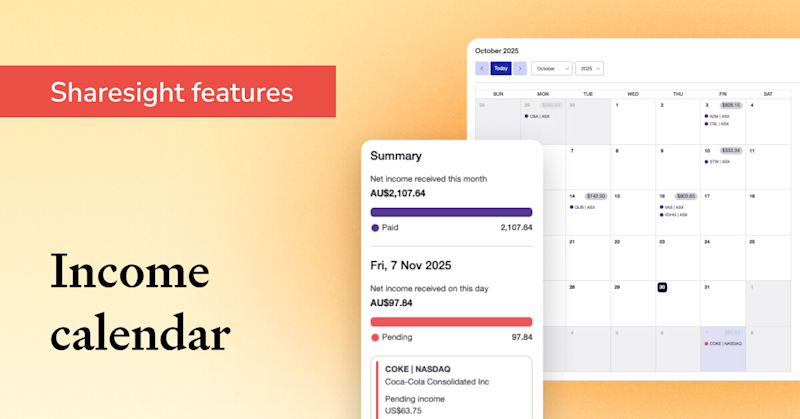How everyday investors can access professional-grade portfolios
Historically, sophisticated and diversified, professionally built model portfolios have primarily been available only to financial advisers and licensed wealth platforms. These strategies, designed by registered investment professionals, offer institutional clients and high-net-worth individuals benefits like tailored insight, active management and robust risk mitigation.
For the majority of everyday retail investors, access has been limited to options like mutual funds, broad ETFs, or automated robo-advisers. While functional, these solutions often lack the transparency, active oversight and flexibility of the strategies reserved for institutional or advised clients.

This lack of access creates an unattractive choice for investors:
- They could attempt to create a portfolio themselves without professional design and risk behavioral mistakes, or
- Hand over assets to a managed account with less control and higher fees.
Even when professional model portfolios were made available, they were typically offered inside structures like managed accounts or wrap platforms. While convenient, these mandate that the investor:
- Hand over custody of their assets
- Pay a percentage of their assets under management (FUM) as management fees
- Relinquish flexibility, often limiting their ability to tweak holdings or combine strategies.
This accessibility gap can lead to suboptimal diversification, increased exposure to volatility, and missed opportunities for long-term, professionally guided growth. The growth of model portfolios for advisers is well documented, showing they support adviser productivity, cost-efficiency and client outcomes. Yet, the typical distribution remains locked behind adviser-only channels.
Introducing model portfolios for retail investors
A retail model portfolio is a pre-constructed, professionally designed investment strategy intended to provide diversified exposure and risk-managed investment strategies but targeted directly at everyday investors. They bridge the critical gap between purely self-directed investing and high-control managed solutions.
The fundamental shift is in how the strategy is delivered: through an information-rich template. This approach shifts the focus from costly asset management to providing high-quality, actionable strategic intelligence.
Why model portfolios are important
Retail model portfolios offer key benefits that were once exclusive to advised or institutional clients, empowering self-directed investors with professional-grade tools. Each portfolio is curated by registered investment professionals who draw on extensive market research and insight to target specific risk profiles and financial goals. Importantly, these strategies are now available to retail investors of all portfolio sizes, helping democratise access to professional portfolio design.
This shift comes at a timely moment, with awareness of model portfolios among Australians rising from 47% in 2019 to 67% by 2024—and more than half of those aware already holding assets in model portfolios through advisers. For investors, this means no need to research, select or monitor individual securities; the professional strategy is delivered pre-built, offering the guidance of an expert framework without surrendering control.
Platforms such as LENSELL address the market gap by delivering these professional strategies directly to the investor. This new model offers several key advantages over traditional managed accounts:
- Information-only pricing: Instead of the common model of charging a percentage of AUM, these templates offer fixed information-only prices. The investor purchases the model data (holdings, weights, optimisation) and then chooses how and where to execute, thereby avoiding the costly AUM-based fee layer.
- Investor control: The investor retains full control over their assets and execution. The platform provides the professionally built portfolio and its rationale, and the investor decides whether to implement the strategy or execute the rebalancing updates.
- Full transparency: The model providers are required to make available detailed holdings disclosures, optimisation histories, and change logs. This allows investors to see when and why a model changed and how it has performed historically, strengthening accountability.
Investors can explore and subscribe to LENSELL’s model portfolios through their Global Marketplace.
FURTHER READING
- Morningstar. The Rise of Model Portfolios and Their Role for Retail Investors. 2024.
- CFA Institute. Professional Portfolio Construction: Best Practices. 2023.
- BlackRock. Democratizing Access to Professional Investment Strategies. 2022.

Track your dividend income with Sharesight’s income calendar
With Sharesight's income calendar, you can see past, upcoming and forecasted dividend payments laid out in an easy-to-read calendar view.

Is your client data at risk? 5 questions to ask your tech provider
Protect client data with these five essential cybersecurity questions every financial adviser should ask their technology providers.

Get the full Sharesight experience with the app and web platform
Learn how to get the most out of Sharesight by using the app and web platform together for performance tracking, analysis, reporting and tax planning.